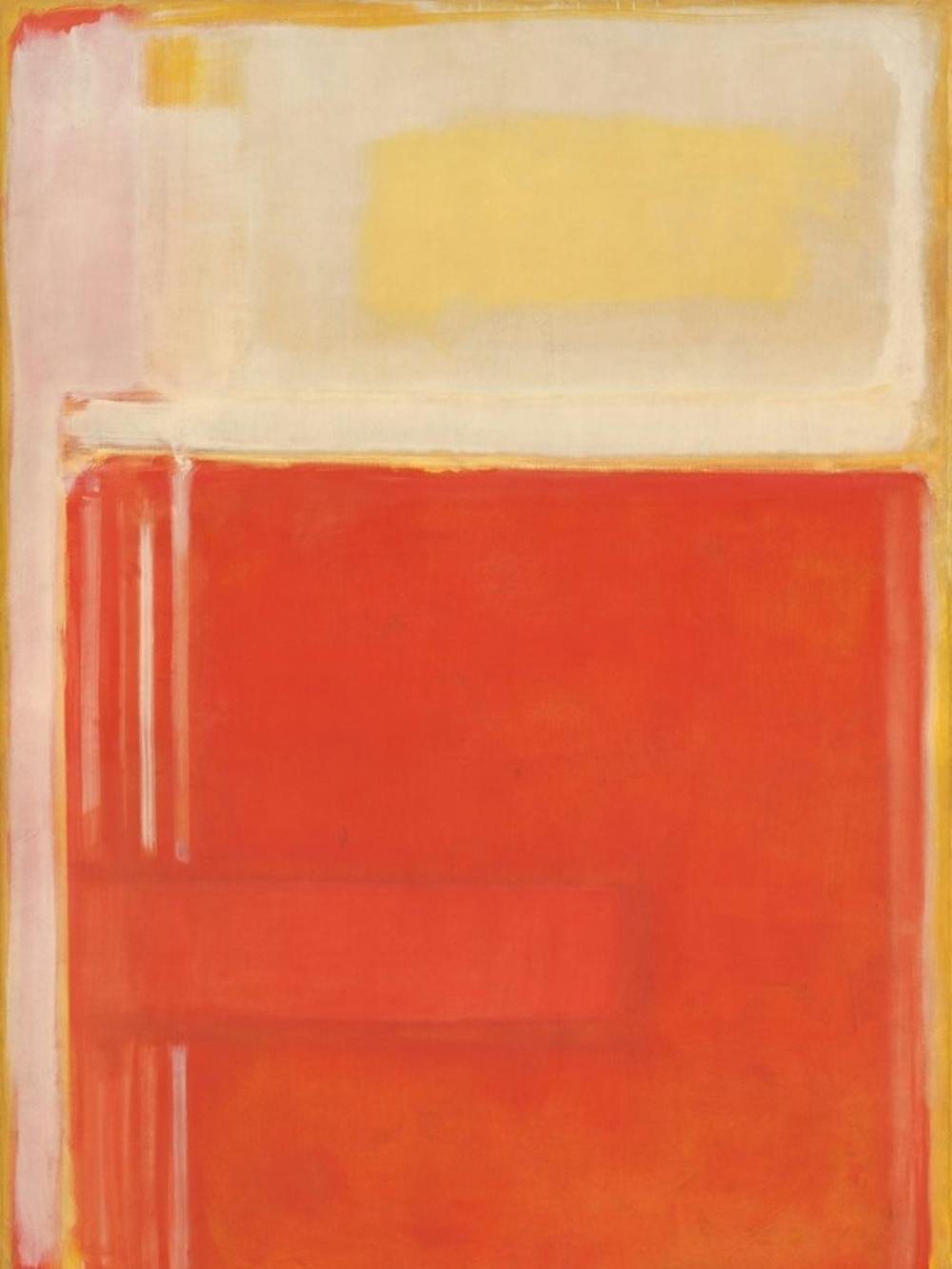Columbia Museum of Art hosts 'Decisive Decade'
You've never seen Mark Rothko like this before.
The Columbia Museum of Art's (CMA) latest exhibit, "Mark Rothko: The Decisive Decade 1940-1950," brings an extensive collection of the artist's work to South Carolina in a show that powerfully illustrates Rothko's evolution from student to master.
The exhibit, which opened this weekend, features 37 works, most of which are on loan from the National Gallery of Art in Washington, D.C. The CMA has been planning this exhibition for several years and the efforts of its staff have certainly paid off.
"Mark Rothko: The Decisive Decade 1940-1950" gives viewers a chance to see some of the artist's earliest works. In addition to paintings, watercolors and drawings by Rothko, the first gallery in the exhibition features works by several of the artist's friends and inspirations, including Robert Motherwell, Jackson Pollock, Clyfford Still and Arshile Gorky. These men were some of the first people Rothko met after dropping out of Yale and moving to New York in 1923, and their works helped to shape his own style over the years.
The second gallery in the exhibit displays figurative works by Rothko, paintings very different from the pieces Rothko is most known for. Will South, CMA's chief curator, led members of the media on a brief gallery tour Thursday, and said figurative work was a struggle for Rothko, but pointed out the emergence of the artist's linear, block style in even the most realistic of works. One of the first paintings in the room, "Untitled (c. 1940)," depicts three people in a garden. Their features are distinct and so is the wildlife around them, but their bodies line up across levels with their heads, torsos and feet all on the same plane. Another painting in that room, "Untitled (1941-1942)," shows figures that are more abstracted, melded together as if their heads are conjoined, but the idea of levels still resonates here.
The third gallery in the exhibit gives museumgoers a look at Rothko's experiments in surrealism. Paintings like 1944's "Hierarchical Birds" bring to mind works by Joan Miro as some shapes appear to be floating in space. The soft hues seen in this gallery do not match the typically bright color palette normally associated with Rothko, but the horizontal planes and levels are present.
The final gallery of "Mark Rothko: The Decisive Decade 1940-1950" contains some of Rothko's more well-known, geometric works and transitioning from the previous gallery to this one is a quantum leap, South said. The massive rectangles of color are magnificent to see in person, especially Rothko's 1949 work "No. 8." The fourth gallery does not have object labels next to the pieces, as South said Rothko hated them.
A quote on the gallery wall explains further: "There is the danger that in the course of this correspondence an instrument will be created which will tell the public how the pictures should be looked at and what to look for. While on the surface this may seem an obliging and helpful thing to do, the real result is the paralysis of the mind and the imagination."
The final gallery also contains replicas of long, wooden benches like those found in the Rothko Chapel in Houston, encouraging CMA visitors to take their time viewing the works.
"You can sit and meditate on these paintings and become familiar with the complexities of your own life," South said.
"Mark Rothko: The Decisive Decade 1940-1950" is on display until Jan. 6, 2013. For more information, visit columbiamuseum.org.

